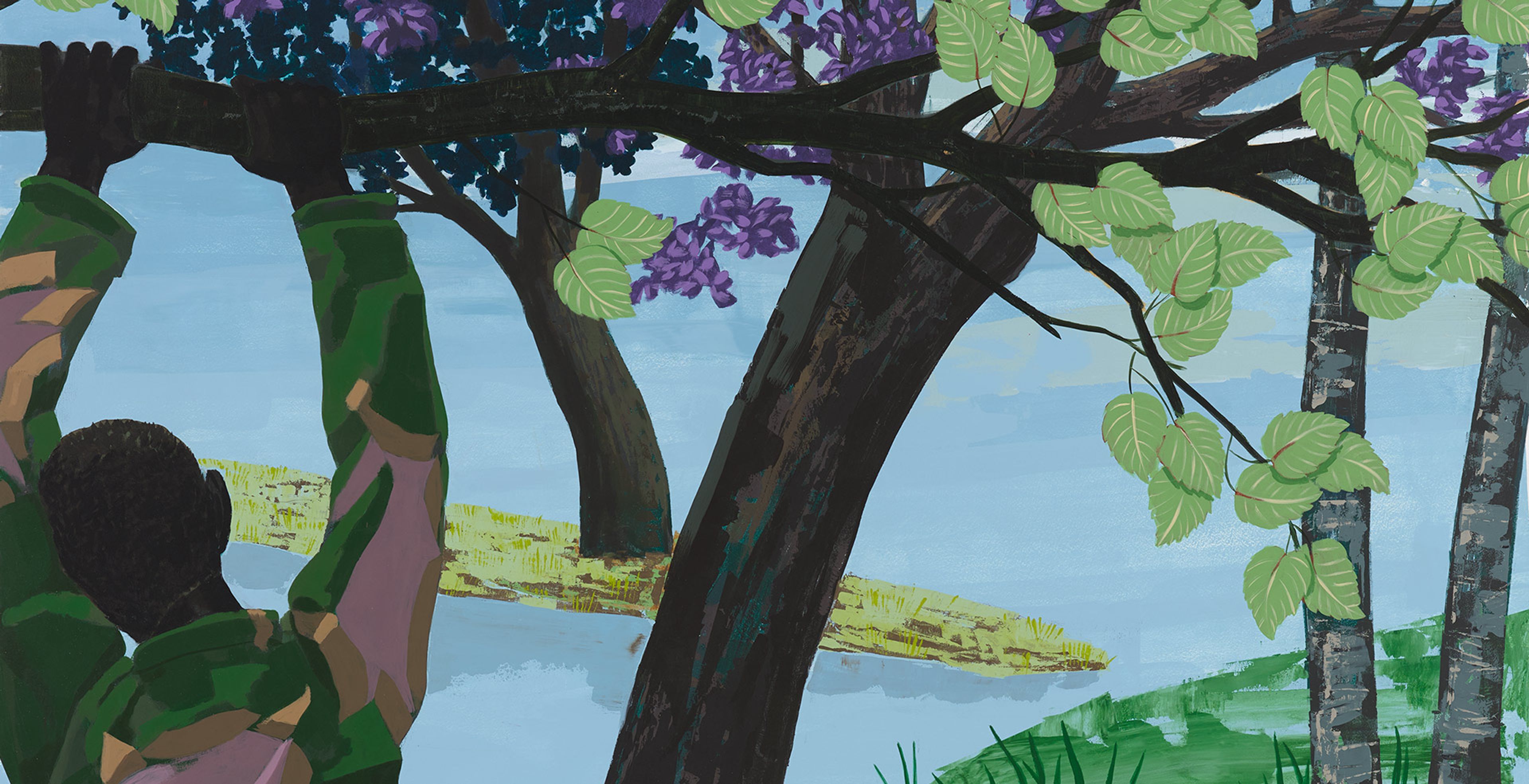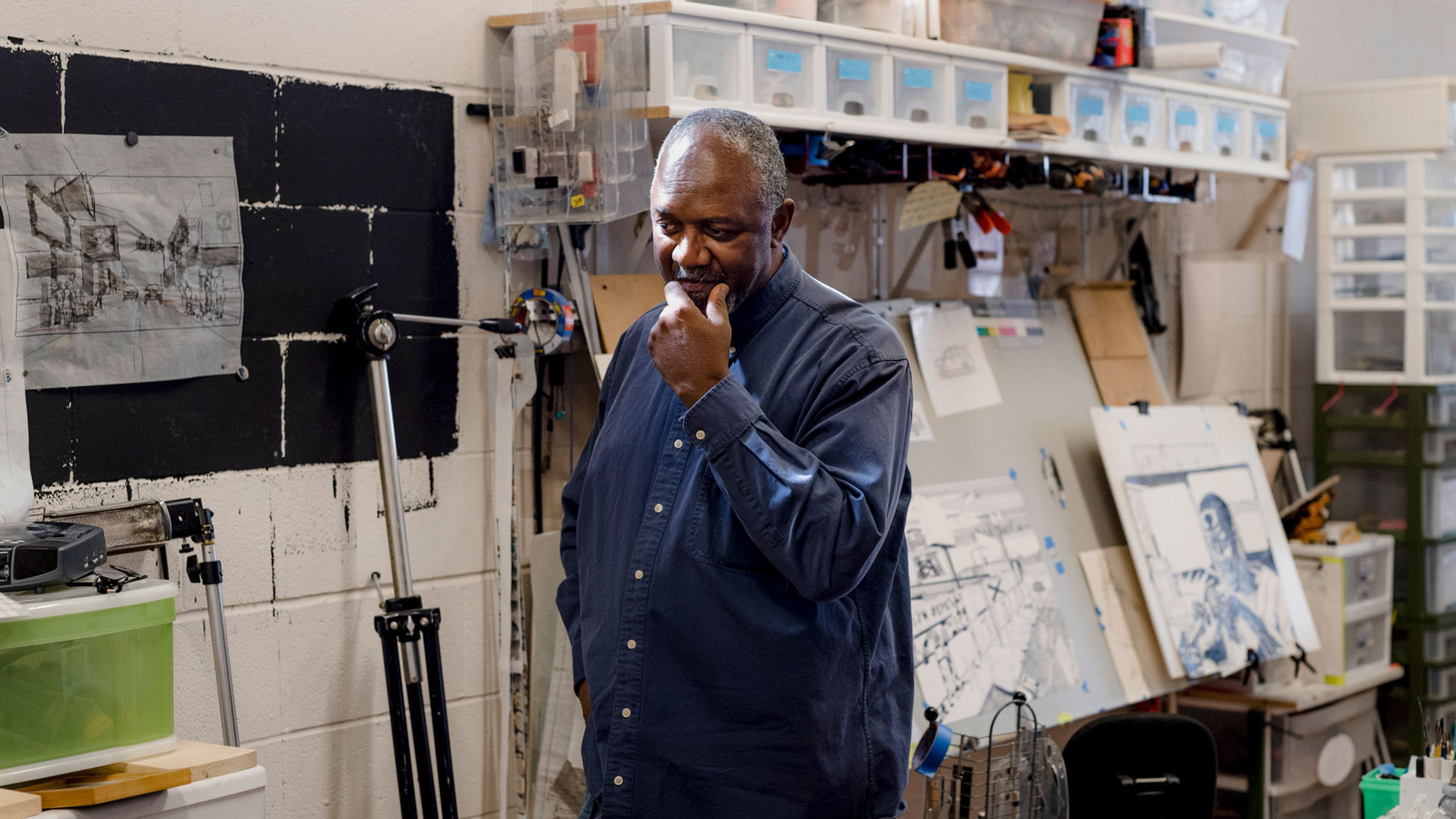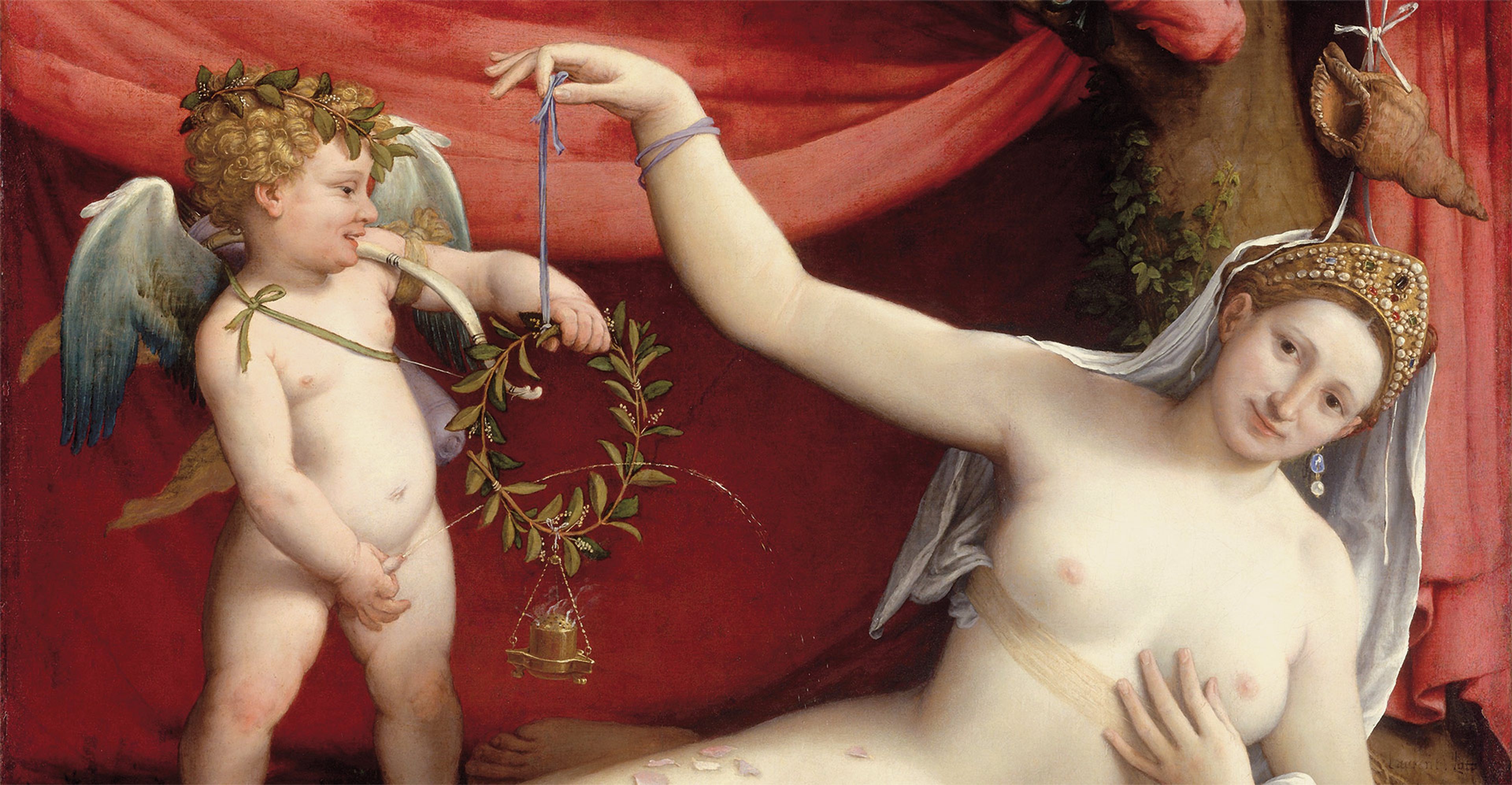Teju Cole explores shadow and substance in Kerry James Marshall’s paintings.
July 30, 2020
To be updated on upcoming exhibitions and other news, sign up to our newsletter here and follow us @davidzwirner.
In History of Painting, his eponymous exhibition at David Zwirner, London, in 2018, Kerry James Marshall widened his scope to include both figurative and nonfigurative works that deal explicitly with art history, race, and gender, as well as forcing us to reexamine how artworks are received in the world and in the art market. In the paintings in this book, Marshall’s critique of history and of dominant white narratives is present, even as the subjects of the paintings move between reproductions of auction catalogues, abstract works, and scenes of everyday life.
[* * *]

Shadow Cabinet
After A Portrait of the Artist as a Shadow of His Former Self (1980; p. 10), the shadow henceforth is no longer only an extension of the self, or a riff on it, or a mere variation on it. It is the self, and the self is the shadow. Shadow and substance have played around each other a long time. Since before Shakespeare wrote: “What is your substance, whereof are you made, /That millions of strange shadows on you tend?” In Kerry James Marshall, substance and shadow merge, as in a total eclipse, transfiguring the perceptual landscape.
Read the full essay by Teju Cole
Image: Kerry James Marshall, Untitled (Landscape), 2018


